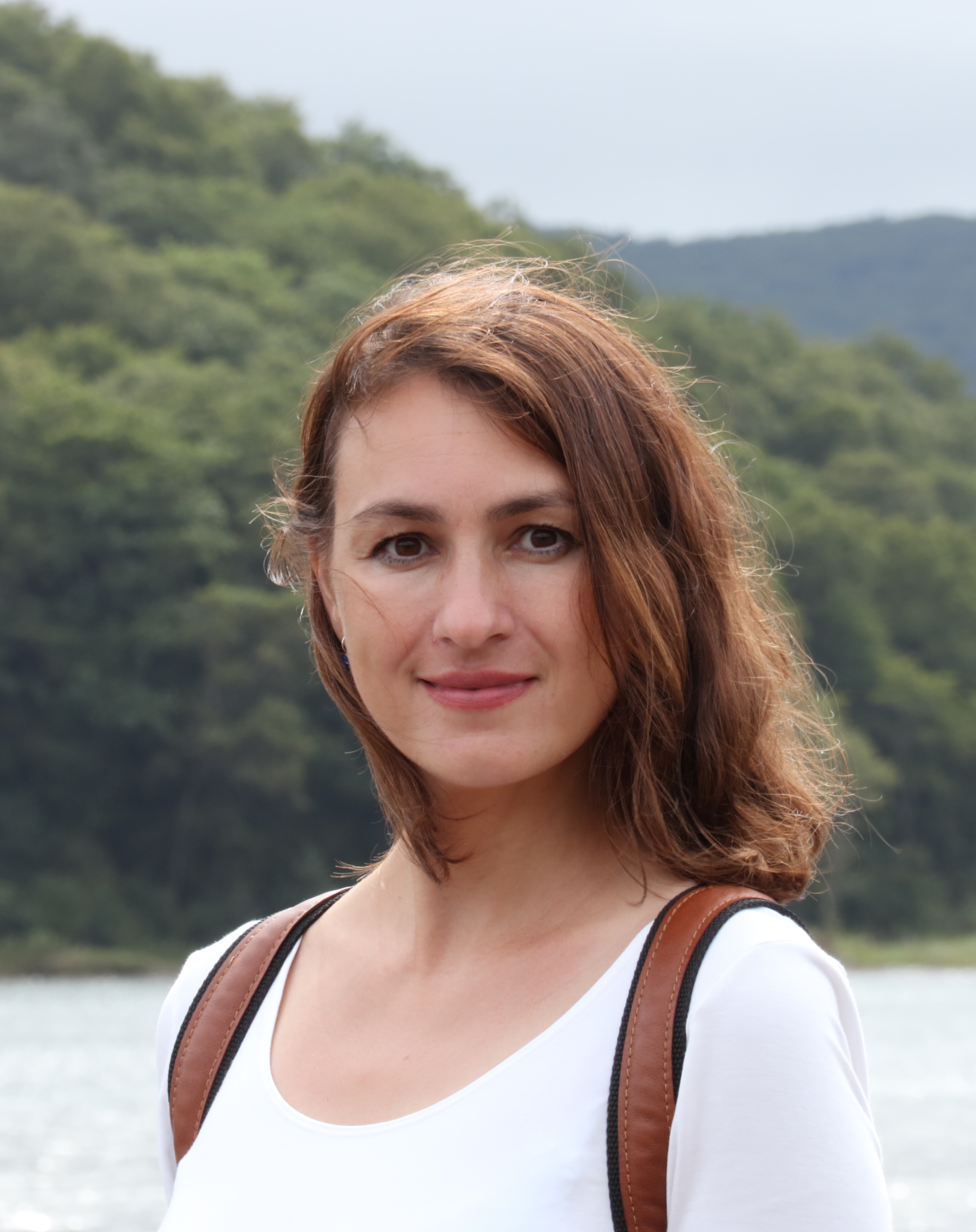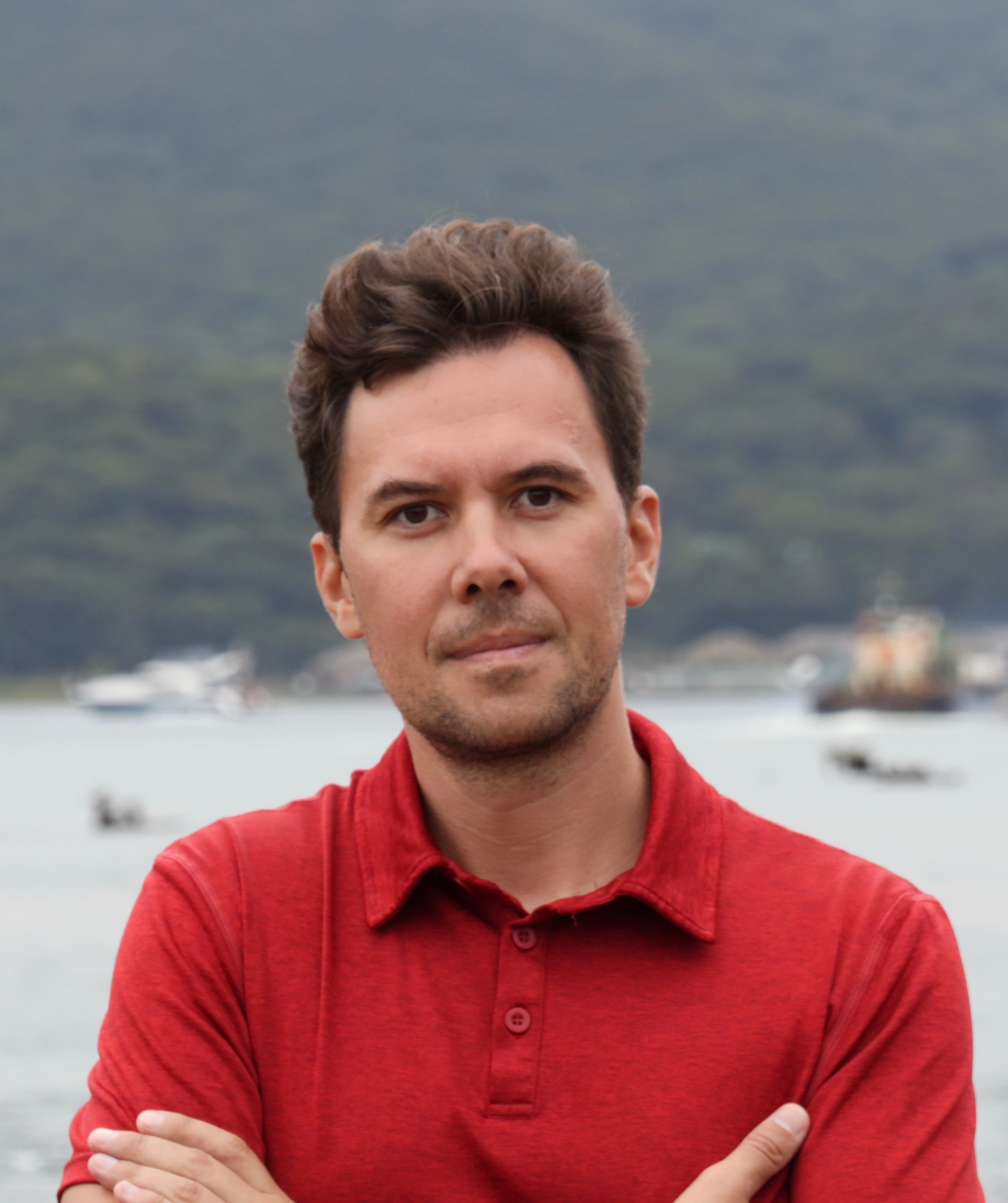The article examines a unique phenomenon of Soviet cinema – the anti-religious film of the 1920s–1930s – a question insufficiently explored in humanitarian historiography so far. Being an organic part of the “cultural revolution”, on the one hand, anti-religious films of this period acted as an effective tool for the propaganda of the Soviet state in the fight against both the official church and manifestations of everyday religiosity. On the other hand, their creation was accompanied by detailed theoretical and methodological recommendations on the forms of interaction of party propagandists with the audience, and on the formats for the presentation of anti-religious attitudes. Based on previously unpublished archival materials, the authors bring to the fore one of the most indicative of such films titled “Sectarians” shoot by Vladimir Korolevich (Sovkino, 1930). The authors consider the film as a document of that time and analyze processes that ran parallel with one another in the Soviet culture and policy. Taking the film “Sectarians” as a case-study, the authors explore cinematic methods of constructing a negative image of sectarian organizations in the USSR and its broadcast to a wide audience in ideological way. The authors came to the conclusion that the Soviet anti-religious cinema, combining the techniques of avant-garde cinematography and scientific atheism, successfully fulfilled its propaganda mission. In this context, the film “Sectarians” is a valuable historical source, that represented the contradictory phenomena of its time and was aimed at the visual reconstruction of “Sovietness” as a new religion.
Keywords: anti-religious movement in the USSR, sectarianism, anti-religious film, cultural policy, ideology, propaganda, film “Sectarians” (1930), Vladimir Korolevich
DOI: 110.22250/2072-8662.2021.3.151-159
About the authors
 |
Elena V. Golovneva – DSc (Philosophy), Professor at the Cultural Studies and Design Department of Ural Federal University; Senior Researcher at the Project research department of |
 |
Ivan A. Golovnev – PhD (History); Senior Researcher at the Project research department |






